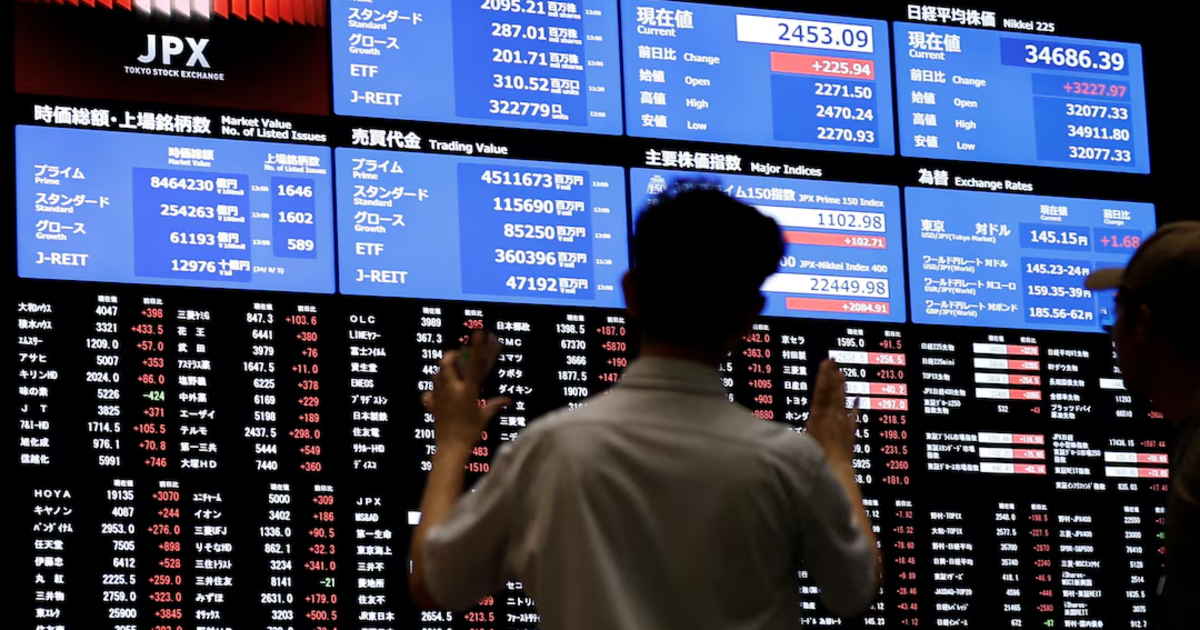TAIPEI, July 9 — Taiwan’s stock market faced early losses on Tuesday as investors remained cautious over the potential impact of U.S. trade and tariff developments. The market initially dropped over 100 points but later regained momentum, buoyed by a strong rally in electronic stocks. The benchmark index rebounded above the key monthly line of 22,315 points, closing in positive territory.
As of 10:32 a.m., the Taiwan Weighted Index stood at 22,417.87 points, a gain of 55.6 points. Electronics rose 0.55%, while financials slipped 0.78%. The OTC Index, which tracks smaller and mid-sized companies, gained 0.96%.
Blue-chip tech stocks helped drive the recovery. TSMC stabilized, and MediaTek surged over 6% to reach NT$1,350, playing a key role in lifting overall market sentiment. Hon Hai also rose, climbing NT$2.5 to NT$161.5 during trading.
In response to reports that former U.S. President Donald Trump may consider new tariffs on copper and pharmaceuticals, wire and cable stocks showed notable strength. Rongxing briefly hit the daily limit at NT$16.8 before easing slightly, ending up over 5% during the session. Huarong rose more than 3%, and Daya added over 1%.
Meanwhile, the ABF substrate sector continued to benefit from demand related to AI server upgrades powered by Nvidia’s Blackwell architecture. Unimicron gained over 3%, Nan Ya PCB (Nandian) rose nearly 4%, and Kinsus advanced more than 1%.
Market analyst Jian Boyi noted that the recent market fluctuations reflect investor uncertainty over U.S. tariff policies. He also observed that shrinking trading volume and retests of the annual moving average suggest the market is seeking stabilization.
However, Jian cautioned that unresolved tariff concerns and downward pressure from short-term moving averages continue to weigh on the broader trend. While a technical rebound is possible due to oversold conditions, he emphasized the need for vigilance amid lingering external risks.



